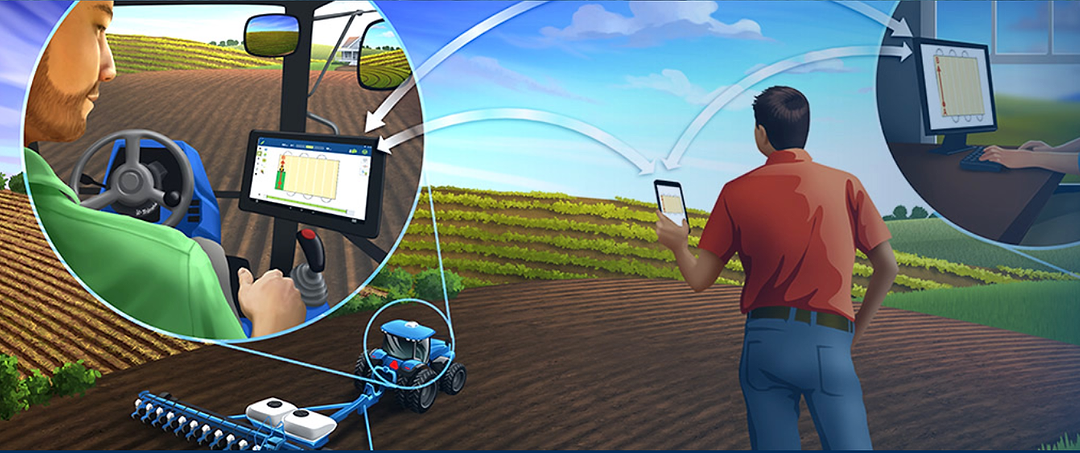For your customers to truly find value in the data they're collecting, they need the right tools and processes in place.
We know that farming operations are different, so we’ve got to understand the customer’s business, its challenges and its opportunities when helping them choose new precision products. Software is not one-size-fits-all, and different tools will help different farmers.
Your customer needs a well-positioned, easy to work with and highly compatible tool that addresses narrow use cases in order to get the most value from their investment. You can help guide them to the right solution by first determining what kind of data they’ll find most useful: job summary data, status data or operations records.
Job summary data includes acres covered, type of material applied and at what rate it was applied, and crop yield. Farmers can use this data to make better field planning and agronomic decisions — like what should be planted in certain areas of certain fields, seeding rates and material rates — to improve profitability.
Status data shows what’s happening in real time. It indicates what work has been done, what’s in progress and what’s planned for later in the day, along with equipment fuel and material levels, weather data and more. An operator or manager can make real-time adjustments on the fly with this information, increasing the efficiency and effectiveness of their operations day-to-day, decreasing the probability of operator errors and minimizing downtime.
Operations records includes summary data, but as the name suggests, with more detail about how jobs got done. For example, a manager could look at spray applications in each field to compare how long each operator takes to do the same sort of work and how long different machines take to do a particular job. The data can then be used as a benchmark for improving productivity and efficiency. With operations records, we can optimize equipment and labor utilization, and timeliness of operations. That has real impacts on profits.
Once you’ve identified the appropriate tool to match your customer’s needs, set them up for success by preventing data collection from becoming another job. Data should be organized in a well-structured format. For example, fields should always be spelled and capitalized the same way. The more standardized and automated the collection of data is, the less data entry a farmer has to do, and the more likely they’re going to get value out of the data later.
Trimble Connected Farm software solutions make collecting and using data easy. If a farmer is looking to simply stream job data back to the Cloud and then use it, the setup is very simple. For larger operations or more complex applications trying to address several issues, Trimble dealers can be helpful in getting customers set up with Trimble software. This will ensure the equipment is capturing the data the customer needs and the customer knows how to get value from that data.
Devon Liss is a product manager with Trimble Connected Farm.
Precision Farming Dealer’s series “Technically Speaking” is brought to you by Trimble Agriculture. This monthly article features insight, advice and observations from precision farming experts on a variety of trending and topical dealer-focused topics.




![[Technology Corner] Helping Your Customers Determine Which Technology is Right for Them](https://www.precisionfarmingdealer.com/ext/resources/2025/03/26/Helping-Your-Customers-Determine-Which-Technology-is-Right-for-Them.png?height=290&t=1743084621&width=400)


